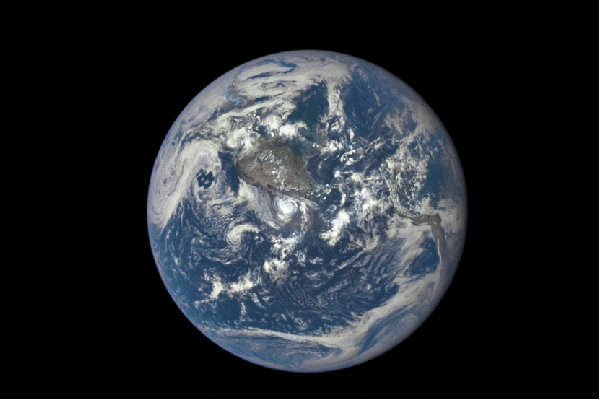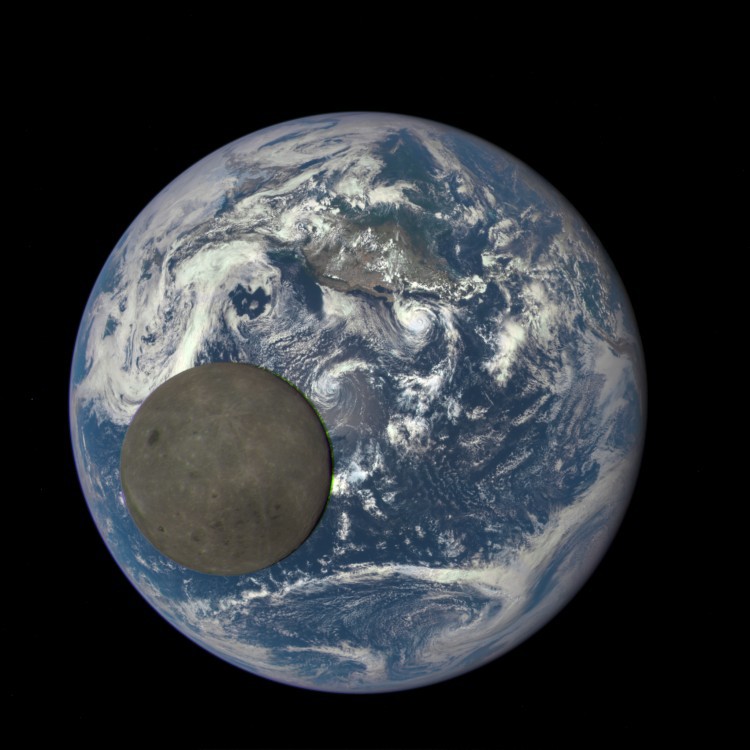The device DSCOVR shot the moon, passing against the background of the Earth

The camera on board the satellite Deep Space Climate Observatory ( DSCOVR ) shot a unique view of the Moon, which passes against the background of the illuminated side of the Earth. A series of photos shows the reverse side of the moon, which is never visible from our planet. You can see the Sea of Moscow in the upper left and Tsiolkovsky crater in the lower left.
Awesome beauty GIF-animation published on the site NASA.
')
“It's amazing to see how brighter the Earth is than the surface of the Moon,” said Adam Szabo, a scientist at the DSCOVR project at the Godaardard Space Flight Center at NASA. “Our planet is a truly glittering object in dark space, compared to the lunar surface.”
The photos were taken by a 4-megapixel Earth Polychromatic Imaging Camera (EPIC) CCD camera using a telescope. The distance to the Earth is 1.5 million km.
The main mission of DSCOVR is to monitor the solar wind in real time. At the same time, the satellite continuously keeps in the field of view the constantly illuminated side of the Earth, carrying out scientific observations of the level of ozone, vegetation, height of clouds and aerosol pollution.
The satellite was launched in February 2015, and it will begin full-fledged work in September. After that, the camera will take pictures every day to track changes in environmental indicators throughout the day across the planet. Approximately twice a year, both the Moon and the Earth will hit the DSCOVR frame at the same time. Now it happened for the first time.
Pictures taken July 16 between 15:50 and 20:45 EDT. The moon moves over the Pacific Ocean near North America. The North Pole is located on the upper left, reflecting the orbital inclination of the Earth from the point of view of the spacecraft.
Photos of the passage of the moon against the background of the Earth were first made in 2008 by the Deep Impact apparatus, but from a much greater distance of 50 million km.
The “natural colors” of the Earth in each of the photographs are created by a combination of three monochrome images (R, B, G), taken continuously one after the other. The interval between shots is 30 seconds, the green filter was applied last, because of this, a small green artifact is visible on the right side of the moon ( full resolution photo ).

In general, each frame of EPIC photographs in a series of 10 images with different spectral filters in different ranges, from ultraviolet to near infrared.
Source: https://habr.com/ru/post/366057/
All Articles